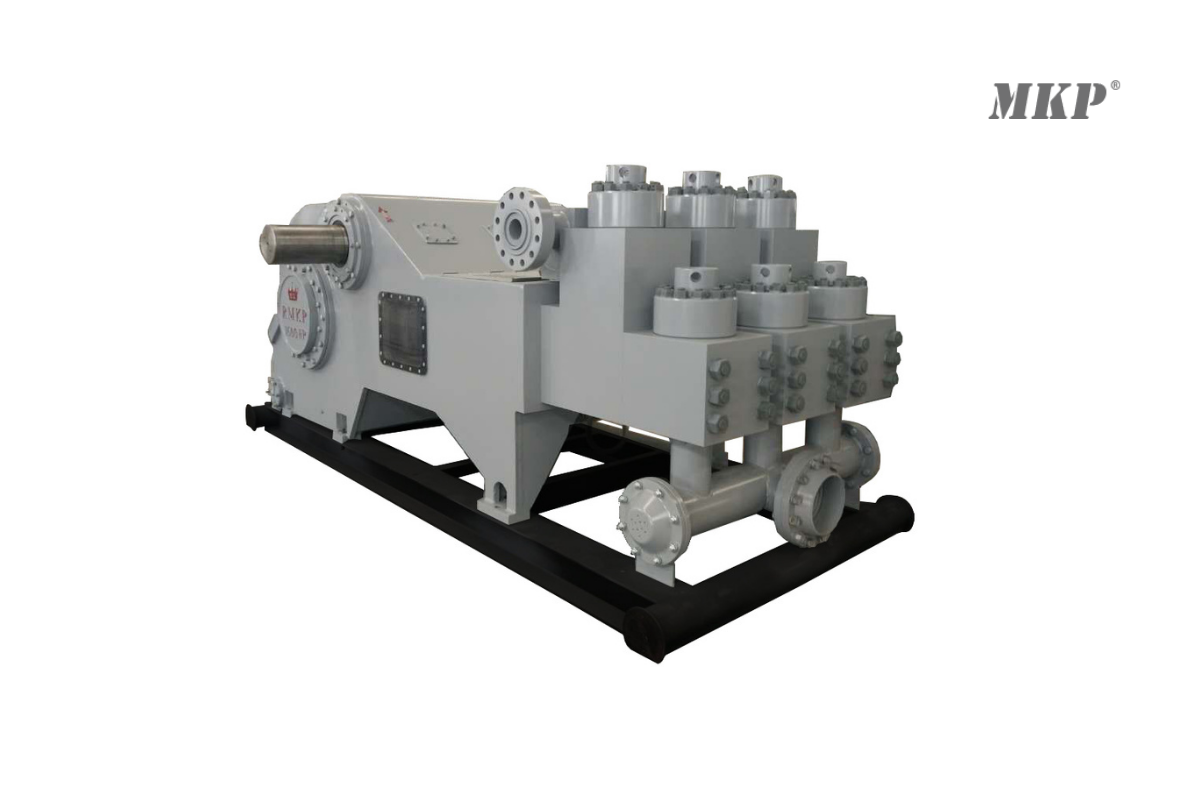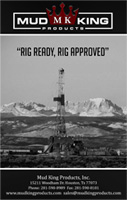Mud Pumps Common Problems & Troubleshooting Tips
Mud pumps are a critical part of your drilling operation. They keep drilling fluid moving, maintain pressure, and help your rig perform efficiently. When mud pumps have problems, it can slow down drilling, raise costs, and create safety risks. This guide shares simple troubleshooting tips to help you find common issues early and keep your mud pumps working smoothly.
Understanding Mud Pump Performance
Reliable pump performance is essential for efficient drilling. Steady flow rates, even drilling fluid circulation, and consistent pump pressure help drilling stay fast and safe. Regular checks and maintenance reduce wear and tear, keeping mud pumps in good working condition. Staying proactive ensures your pumps work reliably in demanding environments.
Mud Pumps Common Problems
Mud pumps are key to keeping drilling running smoothly, but problems with them can slow work and lead to expensive downtime. Recognizing these common issues early allows for quick fixes and better long-term performance.
1. Loss of Pump Pressure
A drop in pump pressure can come from worn valves, leaking valve seats, or inconsistent drilling mud. When pressure drops, the pump must work harder to maintain flow, reducing efficiency and straining internal parts. If not corrected, this can lead to complete pump failure and unplanned downtime.
2. Excessive Wear and Tear
Drilling fluids often contain abrasive materials that wear down pump parts faster. Combined with harsh drilling conditions or poor maintenance, this wear can cause visible surface damage, uneven operation, and a shorter service life. Regular inspections and part replacements are key to avoiding costly repairs.
3. Fluid End Problems
The fluid end takes the most stress during drilling. Worn valves or pistons can reduce mud flow consistency and pressure stability. Operators may notice fluctuating flow rates or poor drilling fluid circulation, both signs that maintenance or part replacement is needed.
4. Overheating at High Pressure
Running at high pressures for extended periods can push components beyond their design limits. This overheating can weaken parts, accelerate wear, and lead to premature failure. Monitoring pressure levels and ensuring the pump is properly rated for the job can prevent damage and extend equipment life.
Practical Mud Pump Troubleshooting Tips
Regular checks and timely action help you prevent small issues from becoming costly failures. Use these steps to keep your mud pumps in top shape:
| Problem | Common Cause | Quick Fix |
| Loss of pressure | Worn expendables | Inspect and replace worn parts, check mud consistency |
| Excessive wear | Abrasive fluids, poor maintenance | Regular inspection, replace worn components |
| Fluid end issues | Piston or valve damage | Check for cracks, pitting, or worn surfaces |
| Overheating | Operating above pressure limit | Monitor pressures, ensure pump rating matches application |
Additional Tips:
- Inspect pistons, liners, and valves regularly
- Monitor flow rates and pressure for irregularities
- Maintain consistent mud quality
- Use high-quality replacement parts
- Schedule regular inspections to extend service life
Best Practices for Preventing Mud Pump Issues
Preventing problems starts with a proactive approach. Following best practices helps your mud pumps last longer and work well in tough drilling conditions. Best practices include:
- Prioritize regular maintenance as part of every drilling operation
- Use high-quality components to withstand harsh environments
- Monitor liner and valve wear to avoid expensive breakdowns
- Train crews to recognize early warning signs and take immediate action
Frequently Asked Questions
How often should mud pumps be inspected?
Inspections should happen daily for high-use pumps and at least weekly for moderate use.
Can poor-quality drilling mud damage pumps?
Yes. Inconsistent or abrasive mud accelerates wear and reduces pump efficiency.
What’s the main cause of mud pump overheating?
Operating at high pressures beyond the pump’s rating for extended periods is the most common cause.
Where can I get replacement mud pump parts?
High-quality replacement parts are available through reputable drilling equipment suppliers.
Mud Pump Troubleshooting Tips
Effective mud pump care means finding problems early, doing regular maintenance, and using strong parts. Checking for wear and doing inspections helps stop breakdowns and keeps pumps working well.
As drilling equipment suppliers, our team helps operators get the parts and advice needed to keep mud pumps running smoothly. We help you keep your rigs running safely, reliably, and at peak performance.
Looking to keep your mud pumps operating smoothly? Contact our specialists today for expert advice and support.


